Want more herbs without starting from scratch? Layering is one of the simplest ways to grow new plants right from existing stems, no special tools or tricky skills needed.
You gently bend a healthy stem toward the soil, cover part of it, and wait for roots to grow while it’s still attached to the parent plant.
This method is great for beginner gardeners or anyone who wants a steady herb supply without the long wait. The process is quick, rewarding, and gives you even more of the herbs you use most.
Below are 11 common herbs that respond beautifully to this natural technique, and yes, they’re all delicious.
#1. Rosemary
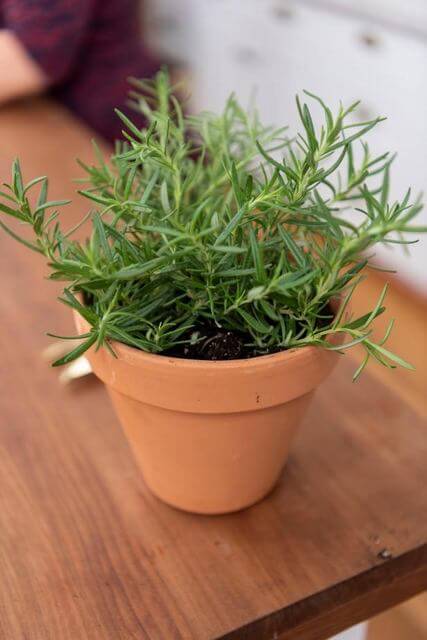
Image source: The Ofy
Rosemary is one of the easiest herbs to propagate through layering, especially once it’s fully established. The semi-woody stems root quickly with the right care.
Pick a long, flexible branch and gently bend it toward the soil. Cover a small section with moist earth, then secure it with a small rock or garden staple. Keep the area damp and wait for roots to form in a few weeks.
#2. Marjoram
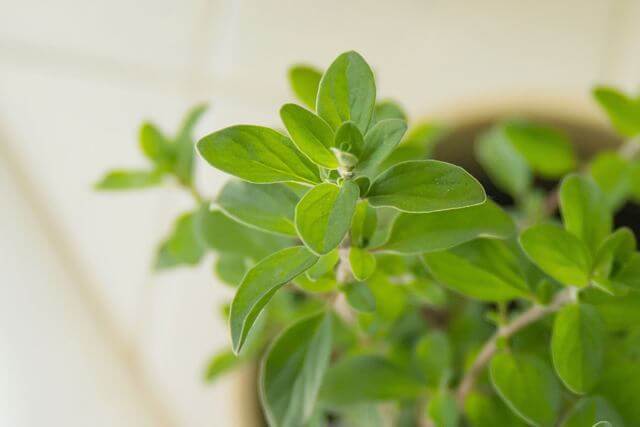
Image source: The Spruce
Marjoram responds well to layering and is perfect for cooler seasons when seed starting is slower. It’s a tender herb, but it’s surprisingly quick to root from its own stem.
Choose a healthy shoot and plant it under the soil surface. Leave the leafy top exposed to sunlight. Water regularly until you spot signs of root growth.
#3. Catnip
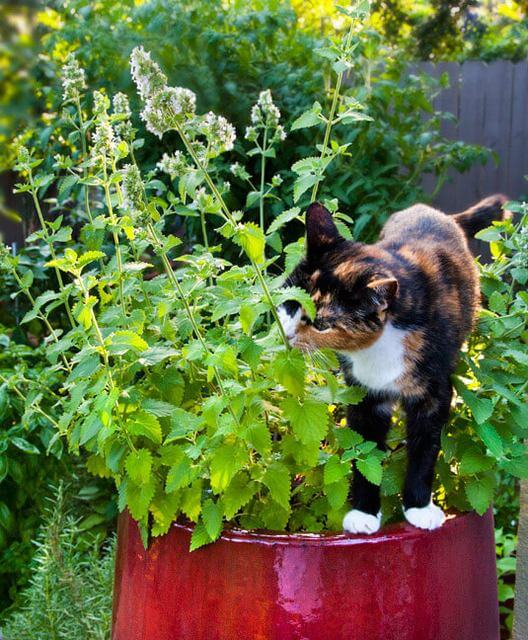
Image source: Unknown
Catnip multiplies easily using layering, making it ideal for anyone who wants to grow more for their pets or pollinators. Young, bendable stems root best when secured to well-draining soil.
Find a low stem, press it into the soil halfway, and anchor it with a U-shaped wire or stick. Keep the soil moist around that point. Once rooted, cut it loose and replant it wherever you’d like.
#4. Thyme
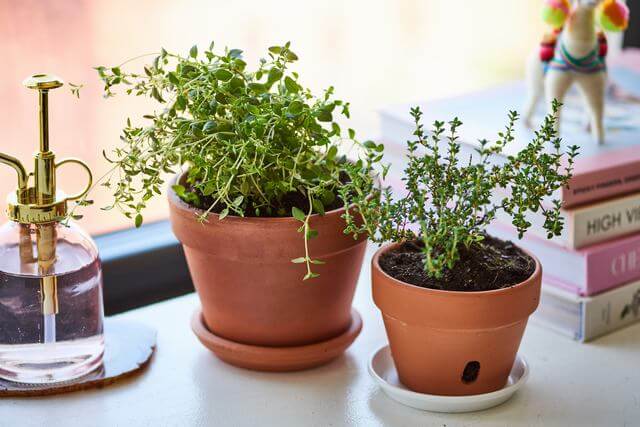
Image source: Apartmenttherapy
Thyme’s trailing growth habit makes it a natural for ground layering. Its stems root quickly when pinned beneath the soil, especially in warm weather.
Snip off the lower leaves from a long runner and bury the bare section an inch deep. Leave the tip poking out for sunlight. After two weeks or so, it should be ready to grow independently.
#5. Mint
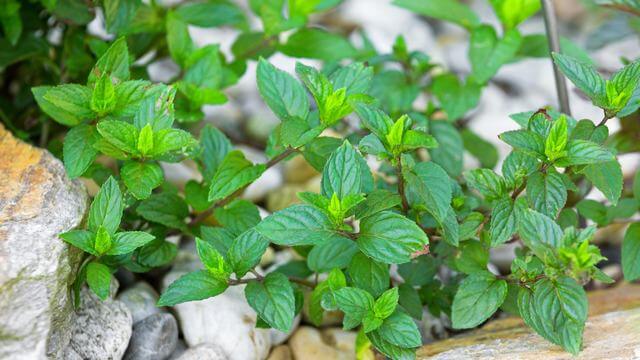
Image source: Mydomaine
Mint is a fast spreader, but layering gives you targeted control. This method keeps your mint from taking over while still expanding your harvest.
Choose a lively stem and gently bend it into the soil, covering just enough to encourage root growth. Use a stone or a pin to keep it down. Water frequently, and you’ll see results within a week or two.
#6. Oregano
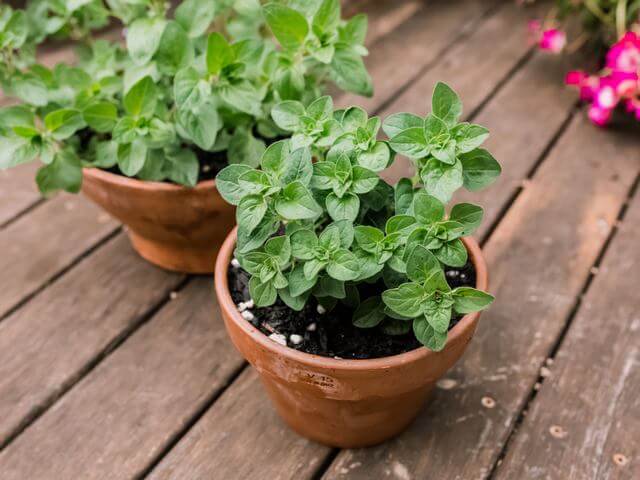
Image source: The Spruce
Oregano benefits from layering because it develops roots easily at leaf nodes. With a little warmth and water, it’s quick to take off.
Select a stem that’s touching or near the soil. Strip the leaves from the section you’ll bury, cover with damp soil, and anchor in place. You’ll have a new oregano plant in just a few weeks.
#7. Lavender

Image source: Graciejaynes
Lavender is often propagated by cuttings, but layering gives you a more reliable start. It’s a slower grower, but once rooted, it becomes tough and drought-tolerant.
Choose a soft but sturdy branch and tuck part of it into the soil near the base of the plant. Keep the soil evenly moist. Once roots have formed, snip the stem and transplant to a sunnier spot.
#8. Sage
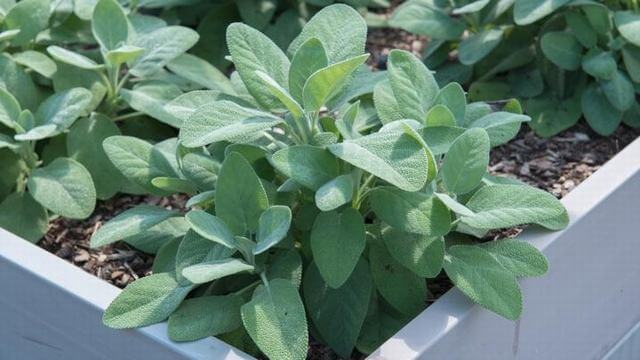
Image source: Miraclegro
Sage stems are strong and easy to root when buried under warm, moist soil. The aroma of fresh sage is a great bonus for your kitchen and garden.
Choose a long stem with healthy leaves, then gently scrape the bottom side near a leaf node. Bury that part under the soil and hold it down with a small weight. Roots usually show up after 2–3 weeks.
#9. Bay Laurel
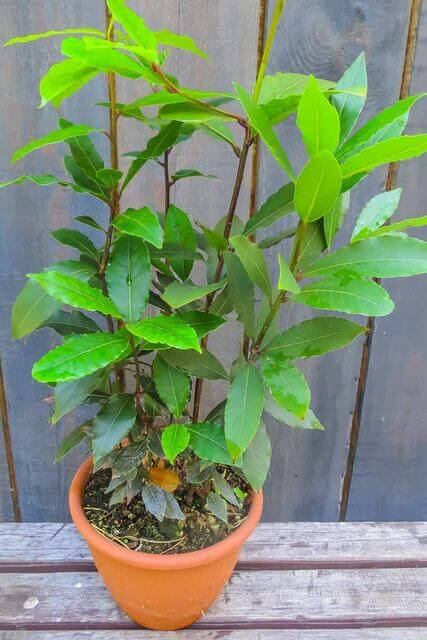
Image source: Gardenerspath
Bay laurel may be slow to grow from seed, but layering gives it a quicker head start. Its glossy leaves and spicy fragrance make it worth the wait.
Pick a flexible stem close to the soil and press a section under the surface. Water regularly to keep the soil damp. After it roots, cut the stem from the parent plant and repot it.
#10. Stevia
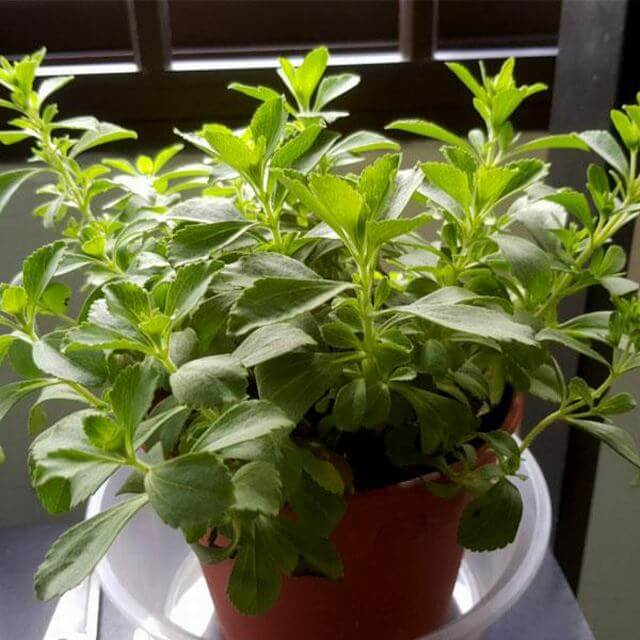
Image source: Nurserylive
Stevia, known for its sweet-tasting leaves, grows beautifully from stem layering. It prefers warmth and steady moisture to develop roots.
Choose a healthy green shoot and plant it in loose, damp soil. Cover the mid-section while keeping the tip upright. Give it a few weeks in a sunny location and you’ll soon have a second sweet plant.
#11. Lemon Verbena
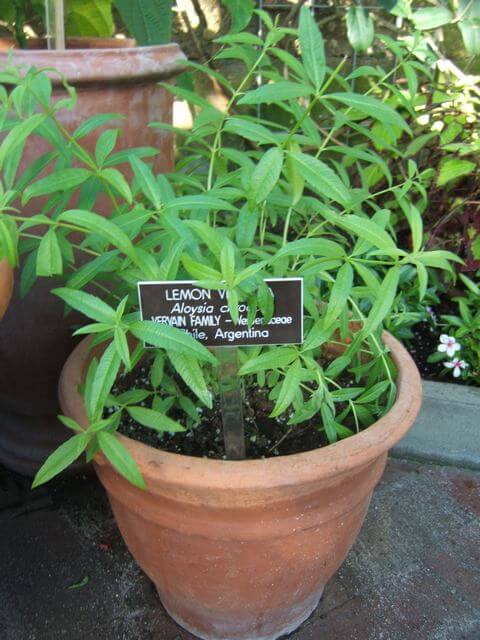
Image source: Commons.wikimedia
Lemon verbena loves warmth and light, making it a perfect candidate for layering in late spring. The soft stems root easily under loose, moist soil.
Select a young, green stem and tuck part of it just beneath the surface, leaving a few leaves above ground. Water gently and consistently. In a few weeks, you’ll be rewarded with a second plant bursting with citrusy fragrance.
